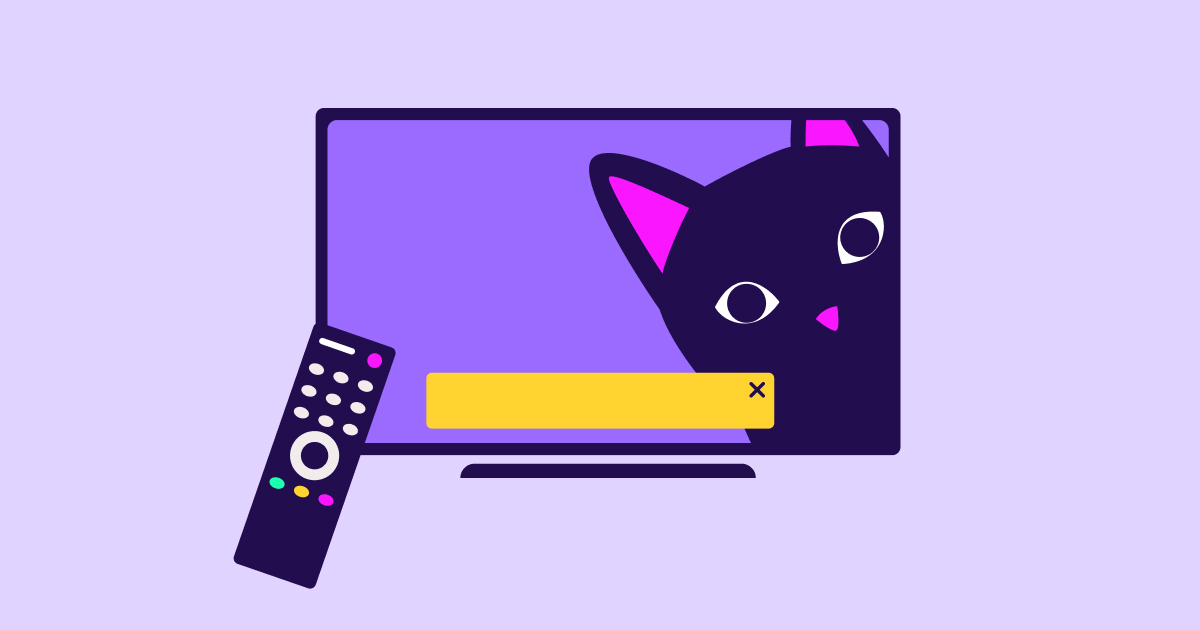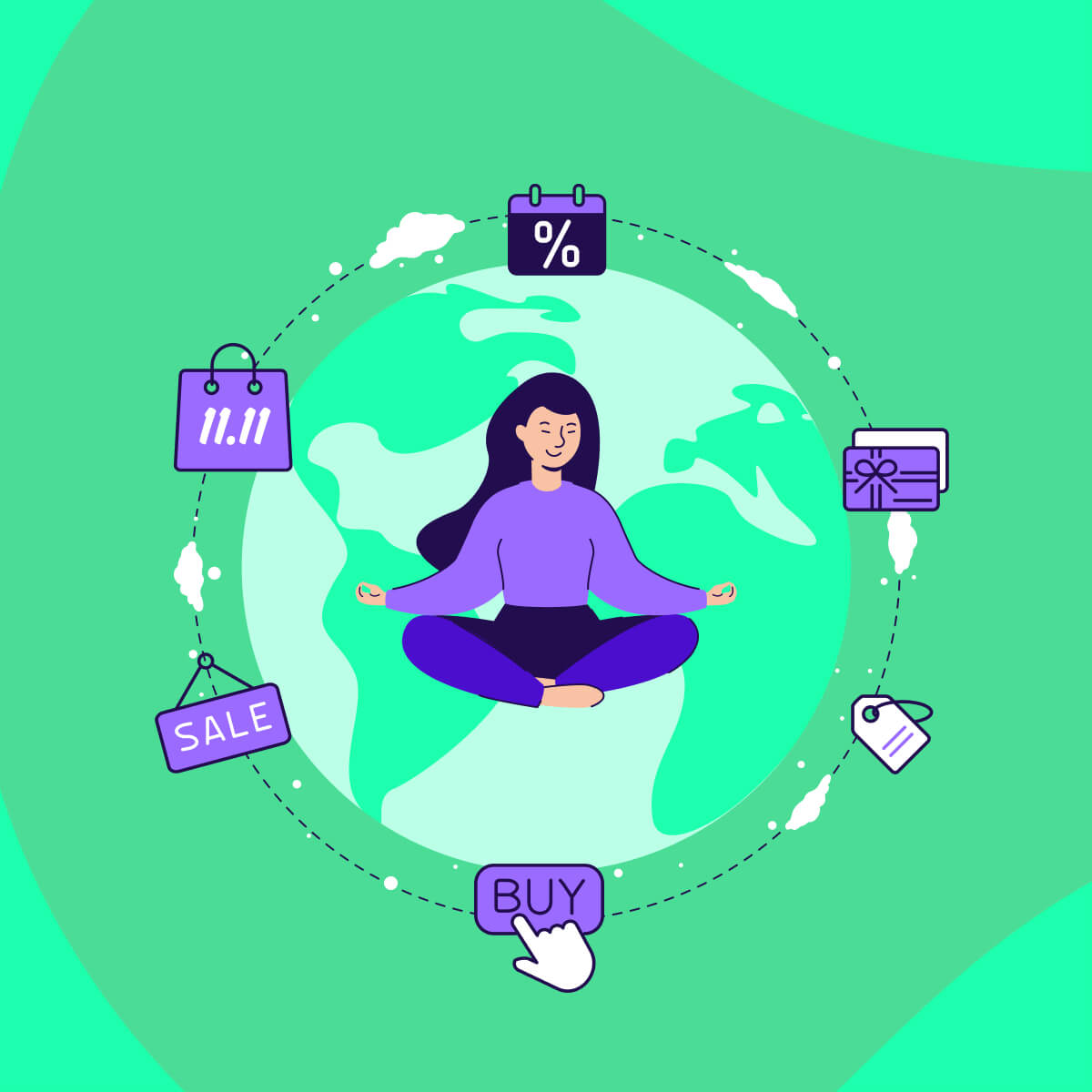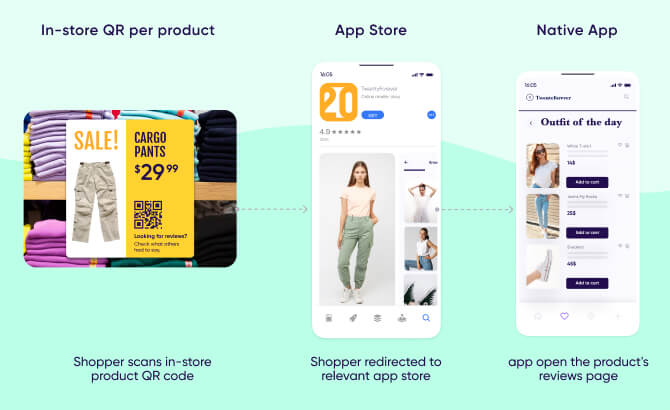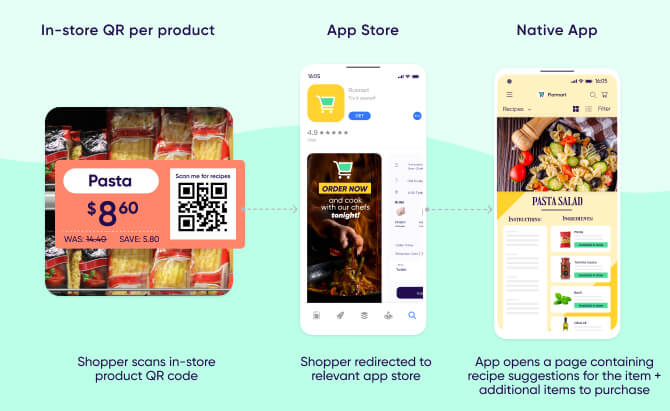
How digital sustainability can help drive more value during the holiday season

The month of November is possibly the most jam-packed month on the shopping calendar.
Black Friday, Cyber Monday, and Chinese Bachelor’s day are just the “official shopping holidays”, while Thanksgiving and Christmas-related shopping take place throughout the month across both brick & mortar and digital platforms.
Many companies respond accordingly and focus a significant amount of their marketing budgets around this month, with online holiday sales reaching $211.41 billion in 2021, up 10.0% year over year and up 54.9% compared with the 2019 holiday season.
The previous blog in this series discussed the current financial climate and its effects on consumer behavior trends. We discussed possible cost effective ways of harnessing digital sustainability methods to drive more value out of existing digital assets or initiatives and overcome the challenges of this year’s holiday season.
This blog will continue with the digital sustainability tone, and explore additional ways to capitalize on known marketing tactics that may already be in place, and help you put cost effective solutions in place so you can drive more value out of them.
Boosting your average order value
Getting customers to come through the door may be one of the most challenging aspects in digital marketing, but once they come in, how can we ensure we make the most of their experience?
Influencer marketing is a great way to get existing and new customers familiar with your products, thanks to our favorite influencers’ undeniable persuasive powers.
That said, many brands fail to capitalize on this form of marketing to its full potential. Showcasing a specific item being presented by an influencer on your page may generate good conversion rates, but might miss the potential of generating greater ARPU.
By offering your customers a “package” of items, however, you can further increase your average order value (AOV), while increasing exposure to complimentary items, which might have not been seen otherwise
Presenting a package deal also reduces the number of steps users would be required to complete in order to add these items to their cart.
A “package of the day” style promotion can be translated into various businesses and industries, from fashion (“outfit of the day”) to food (“cook this recipe”), and get promoted using relevant influencers.

The best way of going about it is to cooperate with your influencers and design this content so it blends seamlessly into their social channels.
The package landing page will not only present dedicated links to each of the individual products promoted, but also a Smart Banner that encourages users to get the entire package.
Smart banners utilize a deep link that takes your users directly to your app’s checkout page, where all the products promoted in the package could already be placed in their shopping cart.
Users who still don’t have your app will first be directed to the relevant app store to install your app, and upon their first launch — will be redirected to the same checkout page.
The simple addition of a Smart Banner that encourages users to get the entire package will dramatically increase your chances of generating a higher order value per user.
Cracking the code
Many retailers are looking for ways to translate one product’s success with specific customers to additional products. Finding ways to engage with your users and nurture their loyalty is a difficult task, as customers who purchased one of your products rarely engage with you online.
Many brands often look for offline opportunities to reconnect with their customers and introduce them to their products. And QR codes are a great way of obtaining instant feedback and encouraging this type of user engagement.
Visible across physical assets like price tags, in-store signs or the product itself, a QR code enables users to explore product reviews, read about the product’s components, buy complimentary items, or even come up with new ideas for using the product.
Smart QR code placement and usage opens up a wealth of opportunities to bridge between offline products and online engagement, so combining it with your product’s presentation can help you take a more active part in your customer’s decision making process.

Enabling quick access to your product’s reviews and details can take users closer to making their purchase decision. It can help you increase conversion rates while earning relevant customers for your app through an immediate display of added value.
QR codes can also help increase customers’ average purchase value and encourage upsell opportunities. Complimentary products can be promoted through a product’s description page, underlining their contribution to the overall product experience.
Whether it’s a supermarket offering readymade recipes through specific products, or a hardware store offering a DIY manual with suggested usages of certain products, QR code placement offers a world of opportunities to bridge the physical and digital shopping experience.

Providing customers with added value content using QR codes will not only generate a positive experience, but will also allow you to promote additional products your users are not yet familiar with.
Key takeaways
Neither social influencer marketing nor QR codes are a surprise tactic for any experienced marketer, but what’s mentioned above are just a few examples of how brands can get creative and work magic with minimal expenses.
Optimizing your product’s Return on Experience (ROX) helps build a stronger relationship between your brand and your customers, nurture and reward their loyalty, and generate enormous value.
While your digital strategy may already be in place for this month’s shopping frenzy, it’s never too late to introduce a few easy to implement elements that could elevate your business performance in the months to come.




